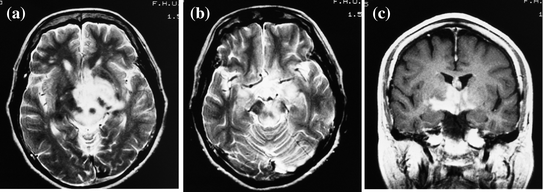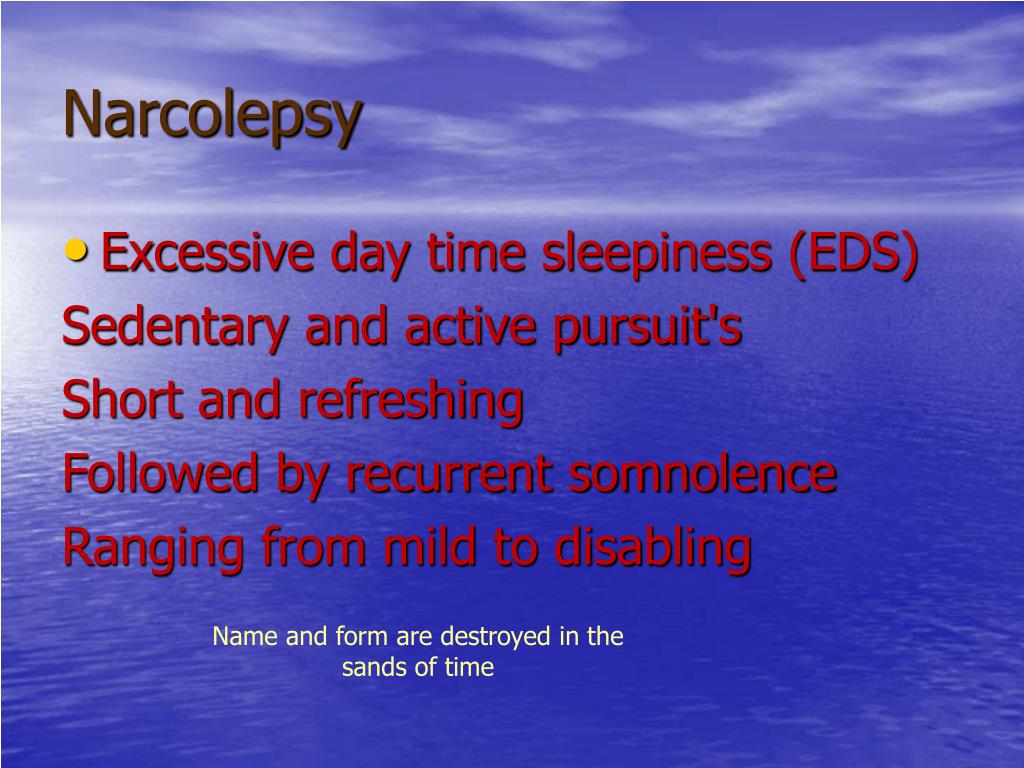

They can be so real that patients have reported calling the police because they believe an intruder has been in their home, only to realize later that it was part of a dream. 15 These hallucinations, which occur at sleep onset, can be vivid and unpleasant and present as auditory or visual hallucinations.

Hypnagogic hallucinations occur in 33% to more than 80% of patients with narcolepsy. Paralysis can happen in patients without narcolepsy, but any patient whoĬomplains of sleep paralysis should be tested for narcolepsy. Speak and feel as though they are dying, with associated anxiety. Which occurs in 25% to 50% of patients with narcolepsy, is extremelyįrightening for the individual. Specialist or neurologist can help diagnose milder cases of cataplexy. Whereas others may experience just weakness in their extremities. Present with various levels of disability some patients may fall to the ground, Reactions such as laughter, anger, or surprise. It is anĪbrupt loss of muscle tone, most frequently occurring during periods of strong emotional Occurs, to some degree, in 60% to 70% of patients with narcolepsy. With patients without narcolepsy, who typically take 90 minutes to enter REM With narcolepsy dream more frequently and go into REM sleep more quickly compared Of sleep occur throughout the day, often when a patient is inactive or bored. Sleep paralysis, and hypnagogic hallucinations. 14Ĭlassic triad of symptoms of narcolepsy include EDS with or without cataplexy, 13 Narcolepsy, which is thought to be an autoimmune disorder of the brain, is closely associated with the human leukocyte antigen (HLA) DQB1*0602 allele. 12 Patients with narcolepsy have an 85% to 95% reduction in the amount of hypocretin neurons, which results in instability of wake and sleep states. Narcolepsy is divided into 2 subtypes: narcolepsy type 1 (hypocretin deficiency with cataplexy) and narcolepsy type 2 (hypocretin deficiency without cataplexy). Should consider a diagnosis of OSA before narcolepsy. 11 If a patient is older than 30 years of age, clinicians Symptoms near the age of puberty, with a peak age of onset between 15 and 25

10 Most patients with narcolepsy begin to exhibit Is a rare condition - with a prevalence of 0.02% to 0.06% - that affects both 9ĮDS is not present universally in OSA and should not be used as an indicator to Very pronounced and is a consequence of sleep fragmentation during the night. Why OSA often is confused with narcolepsy. The most common symptoms of OSA is excessive daytime sleepiness (EDS), which is Thus, patients at high risk for OSA should undergo a comprehensive sleepĮvaluation that includes a polysomnogram or home sleep apnea test. Initiative, “Sleep Apnea Hurts HEARTS ). It often isĪssociated with obesity (body mass index ≥30 kg/m 2) but that is notĪlways a reliable indicator, especially in high-risk patients with otherĬomorbid conditions (American Academy of Sleep Medicine OSA screening Occurs as a result of the collapse of the upper airway during sleep. That a complaint of choking or gasping during sleep was the most useful Women taking hormone replacement therapy is similar to that of premenopausalĬlassic symptoms of OSA include snoring alternating with periods of silence, followedīy gasping or snorting. 6 However, the prevalence of OSA in postmenopausal The prevalence of OSA also is increased in postmenopausal women but remains Prevalence of OSA is increased in patients between 35 and 60 years of age. 2,3 Of all theĬomorbidities, the one most studied is hypertension. Stroke or transient ischemic attack have OSA. 1 For example, it is estimated that 70% to 80% of patientsīeing evaluated for bariatric surgery and 60% to 70% of those with a history of 14% of men and 5% of women have OSA, although this can vary depending on the


 0 kommentar(er)
0 kommentar(er)
